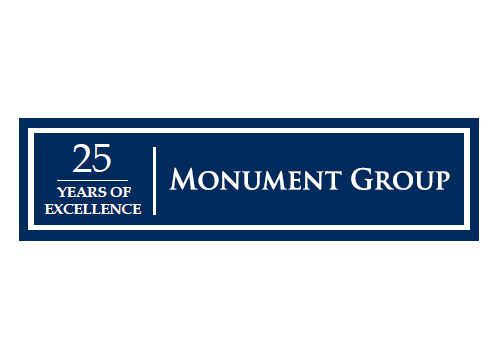LPs Pick Their Favorite Roman Numerals
At two recent Monument Group luncheons held for limited partners in San Francisco and New York, we informally asked attendees to identify which funds, by Roman numeral, traditionally produce the best performance. Overwhelmingly, LPs pointed to either Fund II or Fund III. The response suggests that a little experience can go a long way, but hunger, apparently, goes further.
Many recognize that these funds can pose certain risks, ranging from underdeveloped track records to mandate creep as AUM escalates. Consider that when marketing typically begins for a second fund, the GP may have few realizations under their belts. LPs will also scrutinize potential bandwidth concerns as portfolios grow in size, as well as other factors. But assuming fund investors can gain comfort with the manager, the rewards can certainly overshadow the gaps that require small leaps of faith. Those qualities that are difficult to quantify – entrepreneurial spirit and competitive drive – can be impactful in overcoming the lack of clear performance.
Still, the supply / demand dynamic for second and third funds is such that in many cases the balance of power can shift from LPs to GPs. Assuming fund sizes aren’t gravitating significantly higher and that the performance of unrealized investments are trending ahead of industry benchmarks, all but the most respected LPs can end up on the outside looking in. This is particularly the case when existing investors choose to add to their allocations. The “access” challenges can be magnified when prospective fund investors sit on their hands and don’t participate in the first close.
It raises a question of whether limited partners should be more open to investing in first-time funds as a way to establish a relationship with the most alluring emerging managers.
A material proportion of investors – roughly a quarter of those polled – even view inaugural funds as the most appealing in terms of the likelihood for outperformance. The challenge is that it requires a lot of initial work and then some gut instinct to trust that these managers have what it takes. Due diligence can be considerably more difficult, particularly in connecting with relevant references or performing attribution analysis for partners who may have collaborated on past deals with ex-colleagues at other firms. Attribution, as many spinouts have witnessed, can become contentious when two competing managers are raising funds concurrently and claiming credit for the same deals.
In spite of these challenges, the appetite for first-time funds, at least anecdotally, seems to be growing. More than three out of every four LPs who attended our luncheons said they were either already allocated to first-time funds or actively considering funds from new managers. In conversations with LPs, this is being driven by several factors. Many, for instance, may have built up a familiarity with certain managers through their existing GP relationships. When younger stars spin out to form their own fund, there may be a level of comfort with the new team.
Moreover, the fact that so few LPs see funds IV or V as consistent outperformers reflects investor reservations as GPs mature to the point of targeting ever larger transactions. Over time, this can alter a manager’s philosophy as auctions become more competitive, access to capital markets boosts leverage levels (and valuations), and operational improvements require greater sophistication. (Recruiting a professional CFO, for instance, can be impactful for a $200 million, founder-led company, but probably doesn’t move the needle for a $2 billion enterprise.)
Conversely, a spinout from one of these larger managers – with a team comprised of accomplished principals who desire to “return to their knitting” and are motivated to make their own mark – can prove appealing to LPs for all the same reasons that drew investors the first time around.
A GP’s second or third fund, meanwhile, seems to be a sweet spot in terms of the maturation curve. It’s at this point, for many GPs, that their investment strategy begins to crystallize, incorporating lessons from early missteps; their broader organization begins to fill out, allowing the investment team to focus more exclusively on sourcing and executing deals; and the market becomes more familiar with the new firm, translating into dealflow better aligned to their specific focus. Most importantly it is at this stage when most partners are hungry and most committed.
Of course, this is why demand for second and third funds generally starts to peak and can be even more pronounced for GPs who remain disciplined in not scaling up to the point that their target market changes.
A myriad of other factors are certainly at play as GPs progress along their maturation curve, but given the recognition, or at least the perception, that Roman numerals II and III are usually the best performers, the “access” factor is a growing consideration for LPs exploring first-time funds.
John McCormick joined Monument Group in 2006, is a Partner in the Boston office and has investor coverage responsibility in the US and Latin America. Previously, Mr. McCormick was a Consultant at Cambridge Associates where he advised institutional and family office clients on alternative asset investments. Prior to this he was a Vice President at BancBoston Capital / BancBoston Ventures where he was responsible for primary and secondary fund investments as well as direct investments in both early stage venture and middle market buyout opportunities.
